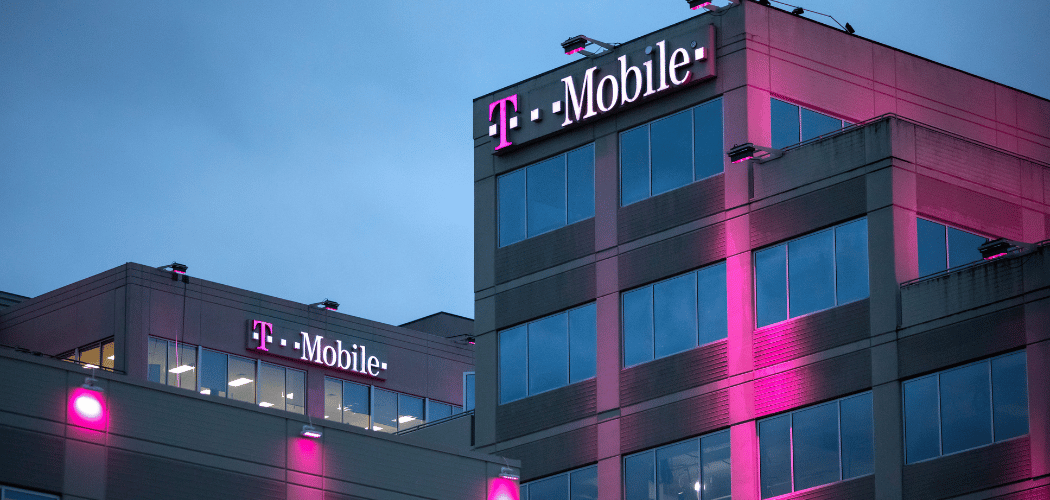The connection between payments and customer loyalty is irrefutable, so why is it often overlooked? While many marketers focus on the financial impact of the incremental transactions created by loyal customers, they can easily skip over the fact that every transaction is facilitated by some form of payment.
Creating customer loyalty strategies for any business must incorporate the way customers pay for their purchases. Payment options impact loyalty strategy and the native rewards programs that come bundled with debit and credit cards should be part of the strategy.
Credit card rewards programs are among the most tenured and highly evolved customer loyalty programs in the land. The origins of the customer loyalty industry trace back to three industries that formed the core of the first generation of loyalty programs: airlines, hospitality, and credit cards.
Trends in card reward strategies
Don’t be too quick to interpret “tenured” or “highly evolved” as “tired” or “stale”. Innovation in payment card rewards is in demand today, as consumers shift their payment preferences between cash, debit and credit. To accentuate the challenge, payment disruptors are competing for every dime of consumer spending, creating pressure on card rewards strategies.
Our search for the latest trends and innovations in card reward strategies coincided with a press release from ampliFI Loyalty Solutions published by Wise Marketer two weeks ago. Augeo FI, a long-time leader in financial institution loyalty, announced its rebranding to ampliFI Loyalty Solutions. The company provides end-to-end loyalty platform solutions for banks and credit unions and has been serving the market for over 20 years with nearly 2,000 clients, influencing spend on over 25 million cards.
We were curious as to why the company chose to rebrand a well-known name now. Did it coincide with the resurgence of innovation in the card rewards business? To learn more, we arranged interviews with the company’s key executives, hoping to see if our theory was correct, that the market demand for innovations in card rewards was driving even established companies to evaluate their market-facing messages.
A commitment to customer loyalty innovation
Mike Knoop confirmed that the company’s vision for the rebranding was indeed market-driven, saying “We created the name to exemplify our commitment to our clients and partners and to signify that we will continue to lead the market on redefining what loyalty and engagement means to financial institutions and their clients. By continuing to exceed their expectations with technology driven solutions, we enable our partner FI’s to stay ahead of evolving market expectations and consumer demands.”
Market trends in payments are very clear at this point, though the progression to a cashless society is not happening at the pace predicted by many “experts”. While many have predicted a global hastening to a cashless society, only Sweden has evolved its economy to a point where only 2 percent of all transactions are made via cash.
A Cashless society isn't here - yet
In the United States, Debit and Credit cards account for about 70 percent of consumer spending, with 54 percent representing debit card payments and 26 percent credit cards. It has been widely reported that Millennials (both the older and younger segments of this broad-based term) prefer to use Debit cards for daily spending and are highly conscious of the high price of credit obtained via Credit card options.
A Zipline survey reported that more than 45 percent of respondents prefer Debit payments over credit (37 percent) and cash (18 percent). Over 50 percent of female cardholders preferred Debit over Credit for transactions between $10 and $250. These numbers indicate that Debit cards offer up a happy medium between Credit card spending and cash spending, allowing consumers to access the convenience of card spending without the risk of falling into high interest rate laden debt associated with Credit cards.
With a growing preference for Debit, merchants can spend less on interchange fees and start redirecting their savings towards loyalty programs that build their brand and increase sales. How financial institutions, especially those outside the top 10 largest banks and the universe of credit unions, can enable sought after loyalty programs is just one of the challenges that card and payments executives at banks and credit unions face daily.
Ron Silvia is the newly appointed Chief Revenue Officer for ampliFI Loyalty Solutions and, after many years with Visa Inc., he brings a well-rounded perspective to the challenges at hand in the industry. When we asked him about key trends in payment card usage and today’s challenges in creating sustainable value propositions on Debit, he had lots to share. “All financial institutions have the continued challenge of building consumer engagement for their products and services” said Silvia, adding “The fundamental challenge of engaging consumers is to maintain their interest in a card-based rewards program by offering a dynamic mix of earning and redeeming options”.
Silvia added “Consumer expectations are at an all-time high when it comes to rewards. As we seek to continue to advance, our FI clients will continue to rely on us more and more to drive increased engagement and bring new product solutions to market - like real-time redemptions and gamification”.
Payment disruptors are abound
The payments landscape is being disrupted from all corners. Providers of alternate payment solutions like Paypal, Klarna and Skrill are giving consumers options to complete online purchases in installments, often at lower (or zero) interest rates than traditional credit cards. Many consumers perceive these new options as a safer option than using a debit card online, while offering the ability to make a handful of installment payments for a purchase at lower cost. There’s actually a long list of company’s seeking to upset the traditional banking applecart and you can see some of them here. Additional options are emerging in markets outside the US, with AfterPay another example emanating from Australia.
With this new set of competitors seeking to steal market share away from traditional card payment providers, the focus has intensified on how to drive customer acquisition, growth and retention for both Debit and Credit cards. We asked Mike Moss, Chief Product Officer at ampliFI Loyalty Solutions about what FI's are focusing on today to meet these objectives. He narrowed down a bigger list to four key issues:
- Issuers need to strengthen value props and add new redemption options
- Continuing emphasis should be on relevant promotions with a focus on engagement
- Core benefits should be enhanced wherever possible
- Never forget the customer experience and seek continual improvement
Moss said that keeping an eye on industry trends is important, especially building an understanding of what's driving overall customer engagement across all industries. The trick is to figure out how to translate that insight into compelling offerings that represent meaningful innovations, and which bring competitive advantage to clients.
Though Moss was limited in speaking about future product development, he was able to cite some new products from ampliFI Loyalty Solutions that he believed meet these needs. These include new redemption options allowing cardholders to “Pay With Points” at the point of purchase and expansion of Fuel Redemption offers with major oil companies.
Moss also mentioned the importance of making redemption easier for all cardholders, for example, by optimizing the redemption experience for mobile users, offering 1-click redemptions where possible and ensuring ADA compliance for others.
Research reinforces the importance of customer loyalty programs
In case you need some reinforcement about the efficacy and importance of customer loyalty programs in today’s marketing environment, the 2019 Maritz Motivation / Wise Marketer Loyalty Landscape Study, reported that 57 percent of those surveyed cited customer loyalty programs as very important or a priority to making purchase decisions. More than 82 percent of respondents who participated in loyalty programs agreed they are more likely to purchase more often from a company when active in their program.
The research showed that consumers clearly maintain an expectation that brands offer loyalty programs as a standard part of a great customer experience, ranking their influence secondary only to product/service quality. That said, the same survey found that as much as 70 percent of all customer loyalty is “up for grabs”.
The loyalty that is in play is not only the result of changing consumer expectations, but also a direct result (in the financial services sector) of the emergence of payments disruptors and the need to refresh debit and credit card rewards programs.
Thanks to the team at ampliFI Loyalty Solutions for taking time to respond to our questions and to confirming our theory that the cards and payments business is in desperate need of innovation to grow customer engagement and increase usage of their payment products.




